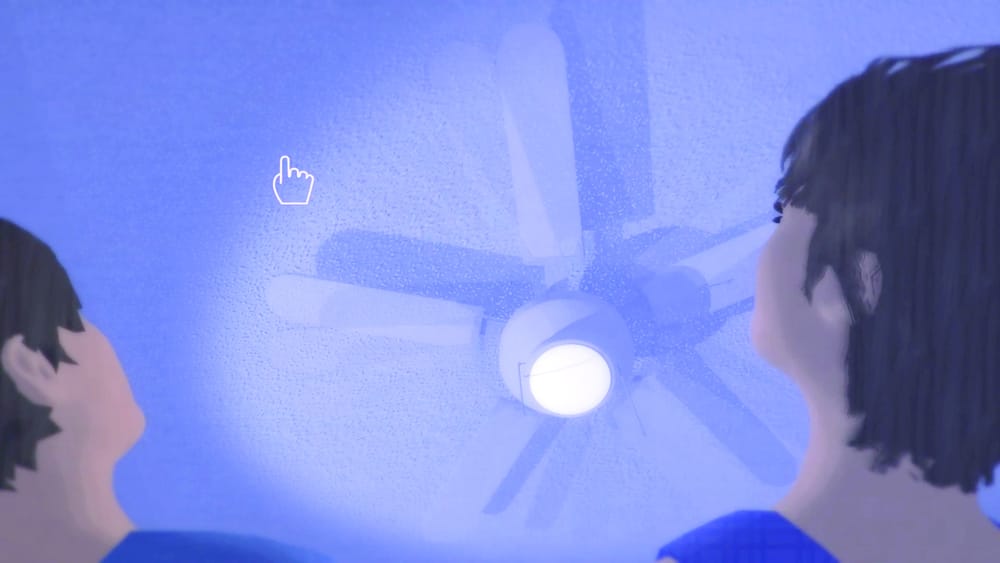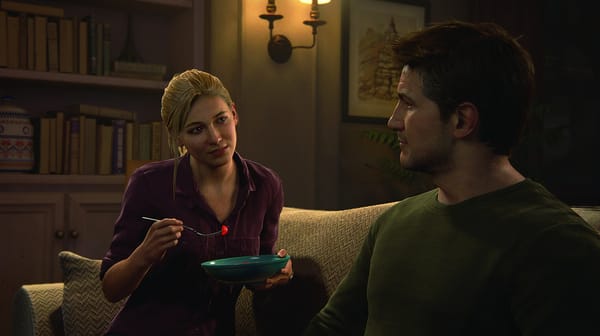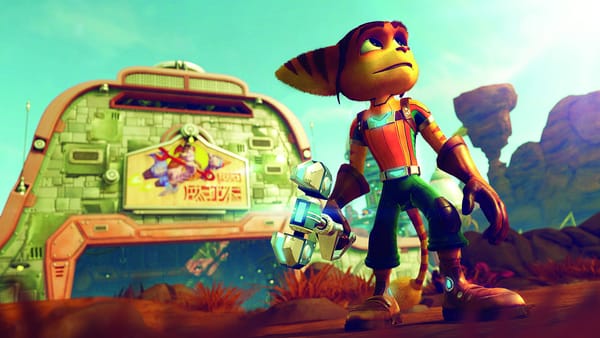Scratching an Itch
Into and One Night Stand, two short narrative experiments, tell interactive stories in profound new ways

Into, or, I Turned My Autobiography Into a Fictional Second-Person Surreal Coming-Out-Of-Age Dramedy and Now My Life Is Happier is not like many experiences you’ve interacted with before. In three short, distinct scenes it captures one person’s coming of age. Across these the screen focuses equally on two hands, two heads, and two bodies. These are two different people but together they tell the story of one.
Few games are told from a second-person perspective and even less from the perspective of what seems like two people. When we view games in the third-person the player’s role is as an omniscient god. Our own experience of seeing helps us understand what is happening when we play from a first-person point of view. But playing from the perspective of two people causes problems; this is something we, as humans, cannot relate to or even comprehend. At first this would seem like an experience impossible in real life, however, this shared perspective could easily be compared to the conflicting voices and thoughts in our head. The popular meme of the shoulder angel, and devil, is the closest we have to this in mainstream media although it is never presented from an in-body point of view. Whether developer animal phase consciously attempted to do this, they have certainly achieved something unusual. They have opened up our imagination to new narrative perspectives, which will no doubt be explored by independent developers in the future.
As the ‘short interactive’ fades to credits, two blurred naked figures stand opposite in the shower. As they touch, the two coalesce into one. The journey to adulthood can be seen as the coming together of multiple personalities and identities. This is visual storytelling at its best and gaming at its most philosophical.
The one night stand has a special place in popular culture. Dazed and confused, the protagonist wakes up in an unknown place beside an unknown sexual partner. This situation can play out in a number of ways.
More often than not, in film and television, the quick getaway is the most popular resolution. In rarer cases, details are exchanged and friendship or further romance follows. One Night Stand offers six alternative endings, six ways to resolve a super awkward situation. Multiple endings, as the result of decisions made by the player, are nothing new and developer Kinmoku doesn’t pretend she’s doing anything revolutionary. Most games that offer this sort of branching narrative are long and don’t particularly benefit from repeated playthroughs. However, when a game is around a quarter of an hour in length the player is far more willing to experiment and replay the experience. Whether One Night Stand ever results in a truly positive ending is subjective but the different stories told on the journey to these resolutions are rewarding.
Borrowing from point and click games, it is also incredibly successful in creating a sense of mystery and capturing the experience of waking up with a complete lack of information about your surroundings. As you try and piece together the previous night, One Night Stand also asks questions about what sort of person you are. Do you brag to your friends after successfully pulling? Do you invade someone’s privacy to work out their name (which you’ve forgotten)? There is a real sense of fear that your alcohol induced amnesia will be discovered (unless you openly admit to it). In inspecting the environment you learn a lot about the mysterious woman you shared a bed with but not a lot about yourself. So while the narrative is branching, there’s never really any personal development on your part. This is what makes One Night Stand refreshing; it’s not really about you.










